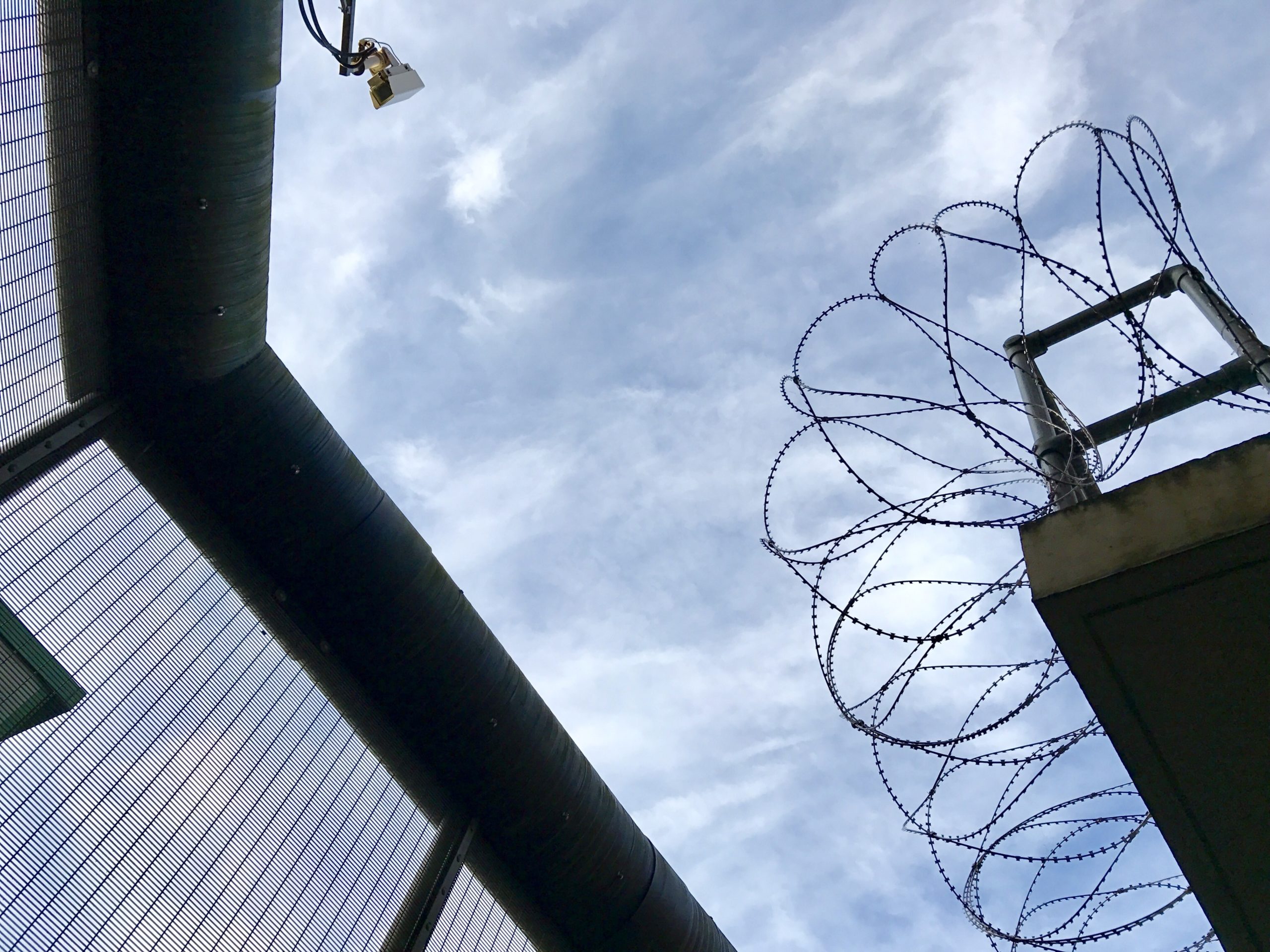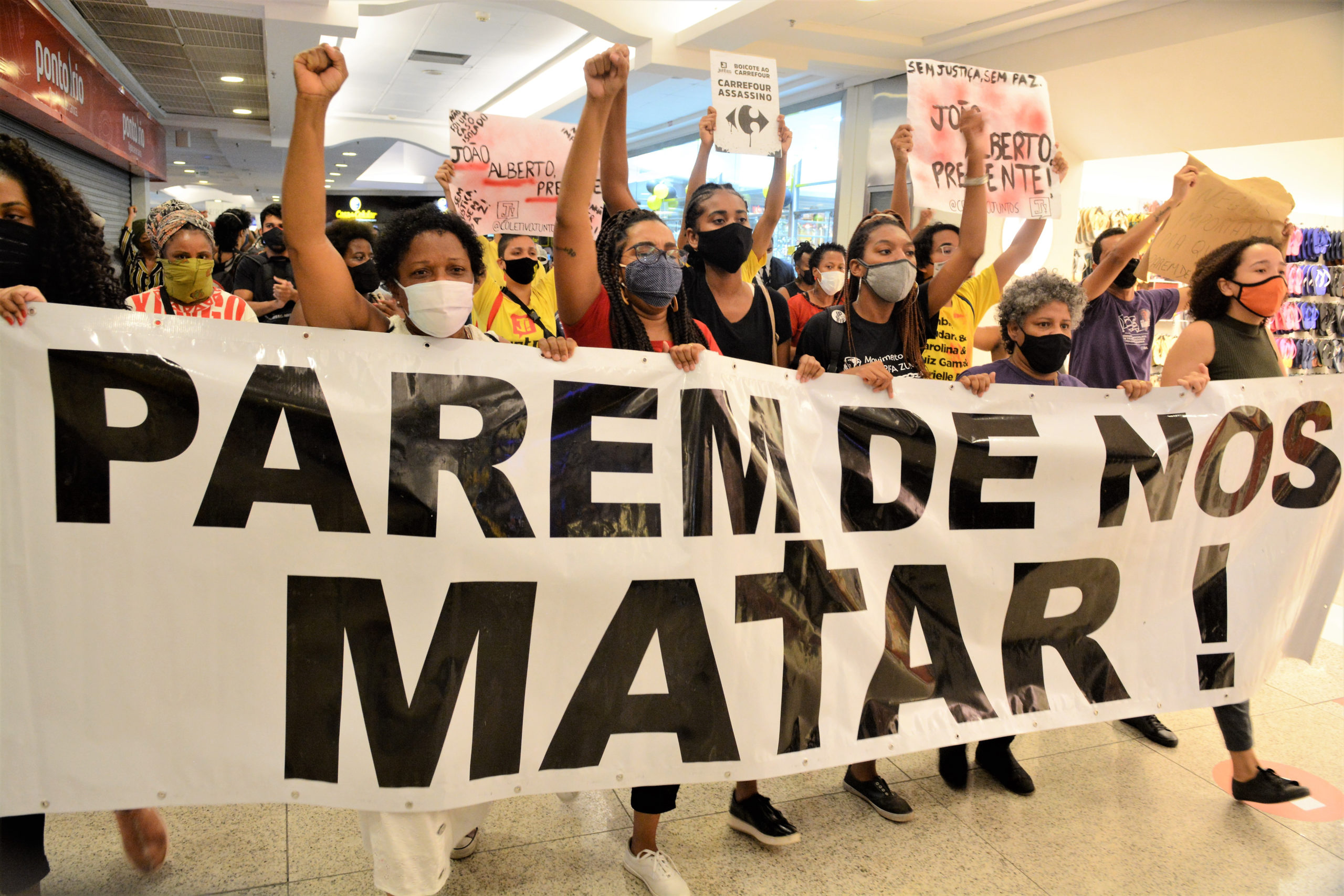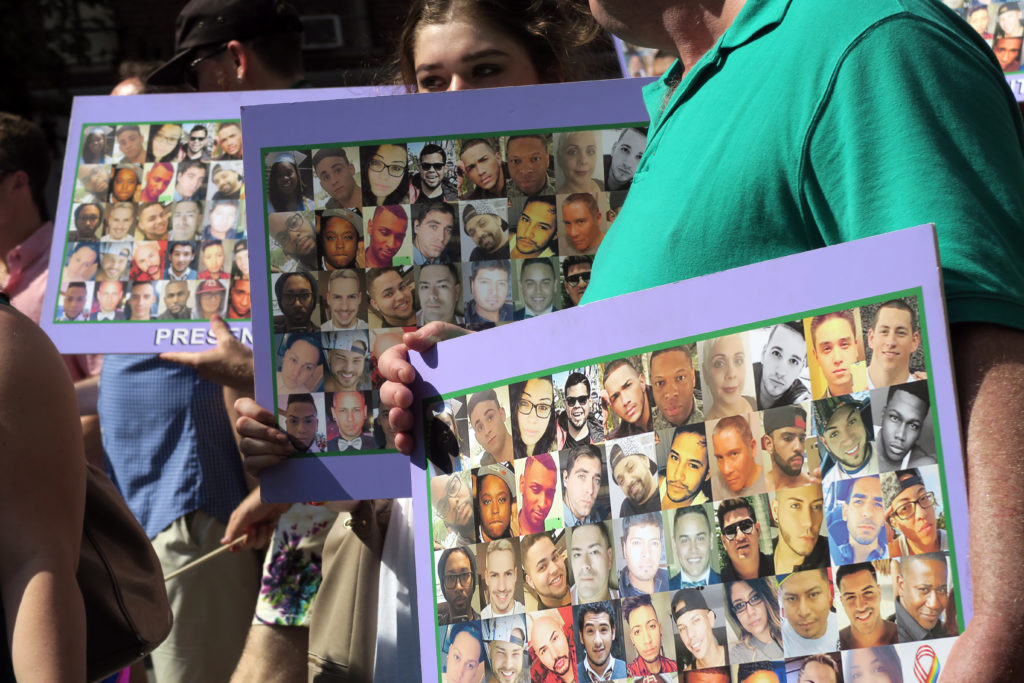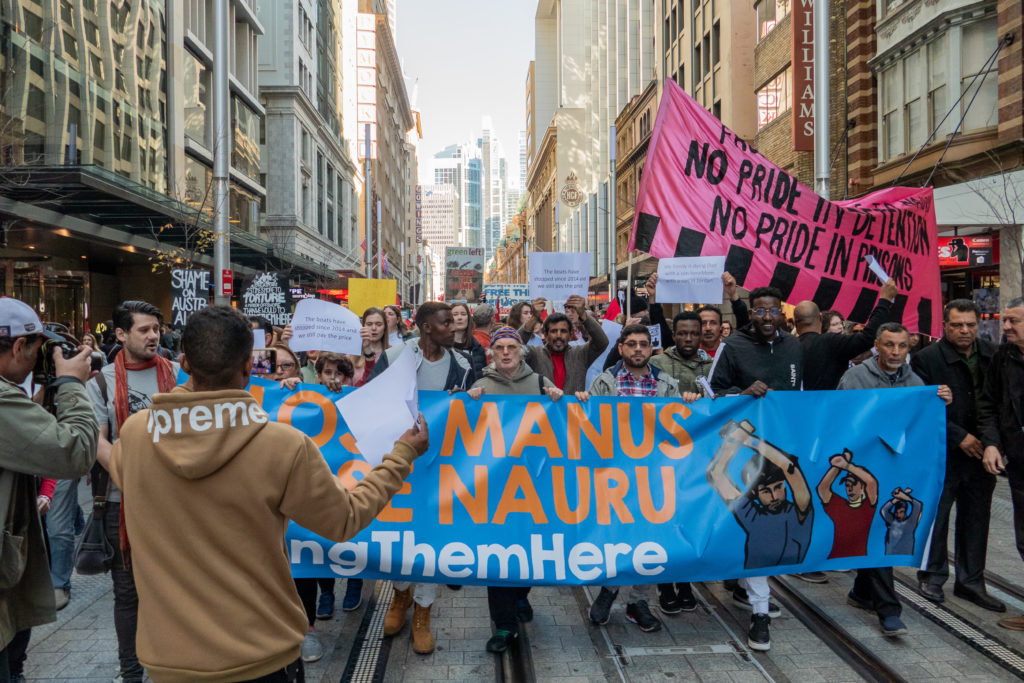Background
The Brook House Immigration Centre is a privately managed detention centre in London which houses foreign nationals whose asylum applications have been rejected or those who have served prison sentences. It has a capacity of more than 500 men and has the same security as a category B prison. Category B prisons have the second highest level of security (after category A) and house inmates that do not pose an immediate risk to the public but may still require a higher level of security. At Brooke House, both inmates whose asylum claims have been rejected and those with prison sentences are detained together. Though the Centre was initially designed to hold detainees for less than 72 hours, they end up spending at least three months there on an average.
Brook House was initially managed by the company G4S, ever since it opened up in 2009 under a Home Office contract. Between 2022-2018, G4S reportedly made a gross profit of 12.3 million Euros from running the Centre.
In 2010, a report published by the then Chief Inspector of Prisons Anne Owers stated that Brook House was “one of the least safe immigration detention facilities that had been inspected”. There was a rampant problem of violence, bullying and drugs at the Centre. In 2009, a large number of the staff had resigned following a fire started by detainees. Staff reported feeling unsupported by their managers and often found it difficult to control the behaviour of detainees. This consequently resulted in them utilising higher use of force, separation and isolation methods, and restrictions to control detainees and curb their violent behaviour.
Things came to a head in 2017, when a BBC Panorama Documentary revealed the shocking conditions at Brook House, where detainees were reportedly harshly abused both verbally and physically. BBC obtained secretly filmed footage of the interactions at the Centre with the help of whistle-blower Callum Tulley, who had been working at the Centre since he was 18 years old.
The Incident
The documentary revealed a shocking culture of abuse and silence that existed within Brook House. Accounts of abuse at the Centre include G4S staff bullying and humiliating detainees, and addressing them in degrading language. Incidents include staff taunting a naked detainee, staff trying to “scare/freak out” another detainee who was under suicide watch, and using abusive and depredatory language at the detainees or while referring to them and excusing it as ‘banter’. The Brook House Inquiry report published on 2023 found at least 19 instances of mistreatment at the Centre, which are contrary to Article 3 of the European Convention on Human Rights, which prohibits inhuman or degrading treatment or punishment.
Allegedly, though only a minority of the staff were involved in these patterns of abuse from 2015-2017, the rest of the staff turned a blind eye. There was a culture of silence. Any staff member who showed empathy for the detainees were mocked for it. There was also rising concerns of widespread drug use, bullying and mental health. Incidents of self-harm or threat of self-harm were reportedly very high.
Reportedly, there was a persistent staff shortage problem at the Centre which resulted in heavy workloads for the staff. This meant officers were often overworked, irritable, tired, desensitised and prone to taking out their frustrations on detainees. Callum states how often it was just two officers responsible for a single wing which houses more than 100 detainees. In some cases, officers were injured after being attacked by detainees and had to be taken to the hospital.
Legal Aspects
Court cases
Though no prosecutions were brought about after the police investigation, two former detainees were successful in their attempt to have a full independent investigation. A public inquiry of the conditions at the Centre was ordered. The first phase of public hearing began on 2021. On September 2023 The Brook House Inquiry Report was published with 33 recommendations. The Inquiry Chair has urged the Home Office to respond to the report within six months.
The International Code of Conduct
The International Code of Conduct requires that Personnel of Member and Affiliate companies take all reasonable steps to avoid the use of force, and if force is used, it should be proportionate to the threat and appropriate to the situation. (Rules on the Use of Force : paragraph 29, Use of Force : paragraph 30-32).
The Code states that Member and Affiliate Companies will only, and require their personnel to treat all detained persons humanely and consistent with their status and protections under applicable human rights law and international humanitarian law, including prohibitions on cruel, inhuman, or degrading treatment or punishment (paragraph 33).
The Code instructs Member and Affiliate companies to provide a safe and healthy working environment and to adopt policies that support this. This includes policies that address psychological health, deter work-place violence, alcohol and drug abuse and other improper behaviour. Companies must also ensure that reasonable precautions are taken to protect relevant staff in high-risk or life-threatening operations (paragraph 64).
The Code requires stringent selection and vetting of personnel, assessment of performance and duties (paragraphs 45 to 49), and training of personnel of the Code and relevant international law, including human rights and international criminal law (paragraph 55). Meeting the requirements of the Code of Conduct, can help private security companies and their clients ensure that private security personnel are qualified, trained, supported, informed, and responsible.
Resources on working conditions
Impact
A series of investigations was launched following the documentary’s release. Inquiry into the abuse at the detention centre began on 2021. G4S is no longer responsible for the Centre. In 2020, the company Serco took over the Centre. Ten personnel of G4S were dismissed or had to resign due to this controversy.
G4S has also removed itself from the management of another immigration Centre called Tinsley House. By August 2019, it stopped operating accommodation centres for asylum seekers in the Midlands, north-east England and Norther Ireland after it was overlooked in the tendering process.
In 2021 BBC interviewed some of the detainees (current and former) at the Centre again. This time there was no allegations of violence but instead the concern was more on how Covid was handled by the Centre.
Discussion
What reasons could have sustained this culture of abuse at Brook House? If there was sufficient staff to handle the detainees, with reasonable working hours and conditions, would it have made a difference?
The grievance redressal system for the staff at the Centre was clearly lacking. How different would the outcome have been if the managers had addressed staff concern on time?
Related incidents
- Birmingham Prison
- Migration Detention Riots at Manus Island
- Transport of Migrants in Inhuamne Conditions
- Escobal Mine: Violent Repression of Indigenous Protests
- The Nisour Square Massacre
- Repression of the Protests Against the Rio Blanco Mine
Sources
- Brook House detention centre whistleblower ‘abuse’ inquiry begins – BBC News
- Pain and humiliation at toxic Brook House, inquiry finds – BBC News
- Brook House Inquiry Report | UK Government
- What I saw when I went undercover – BBC News
- G4S to leave immigration sector after Brook House scandal | The Guardian
- Gatwick deportation centre ‘not safe’ | Immigration and asylum | The Guardian
- Whistleblower tells inquiry of ‘shocking’ abuse at immigration detention centre | Immigration and asylum | The Guardian
This case was prepared by Shilpa Suresh, Graduate Institute of International and Development Studies.





 In 1888, Brazil was the last country in the Western Hemisphere to abolish slavery. At the time of abolition, Brazil’s population was mostly black or mixed-race until the 1930s, when an influx of European immigrants came to Brazil in search of labour. During this era, anti-black pseudoscientific methods were used to scientifically “prove” white biological superiority. These (clearly false) theories were widely disproven by the mid-20th century, yet these theories were still used to propagate racism in social and political policies.
In 1888, Brazil was the last country in the Western Hemisphere to abolish slavery. At the time of abolition, Brazil’s population was mostly black or mixed-race until the 1930s, when an influx of European immigrants came to Brazil in search of labour. During this era, anti-black pseudoscientific methods were used to scientifically “prove” white biological superiority. These (clearly false) theories were widely disproven by the mid-20th century, yet these theories were still used to propagate racism in social and political policies.


